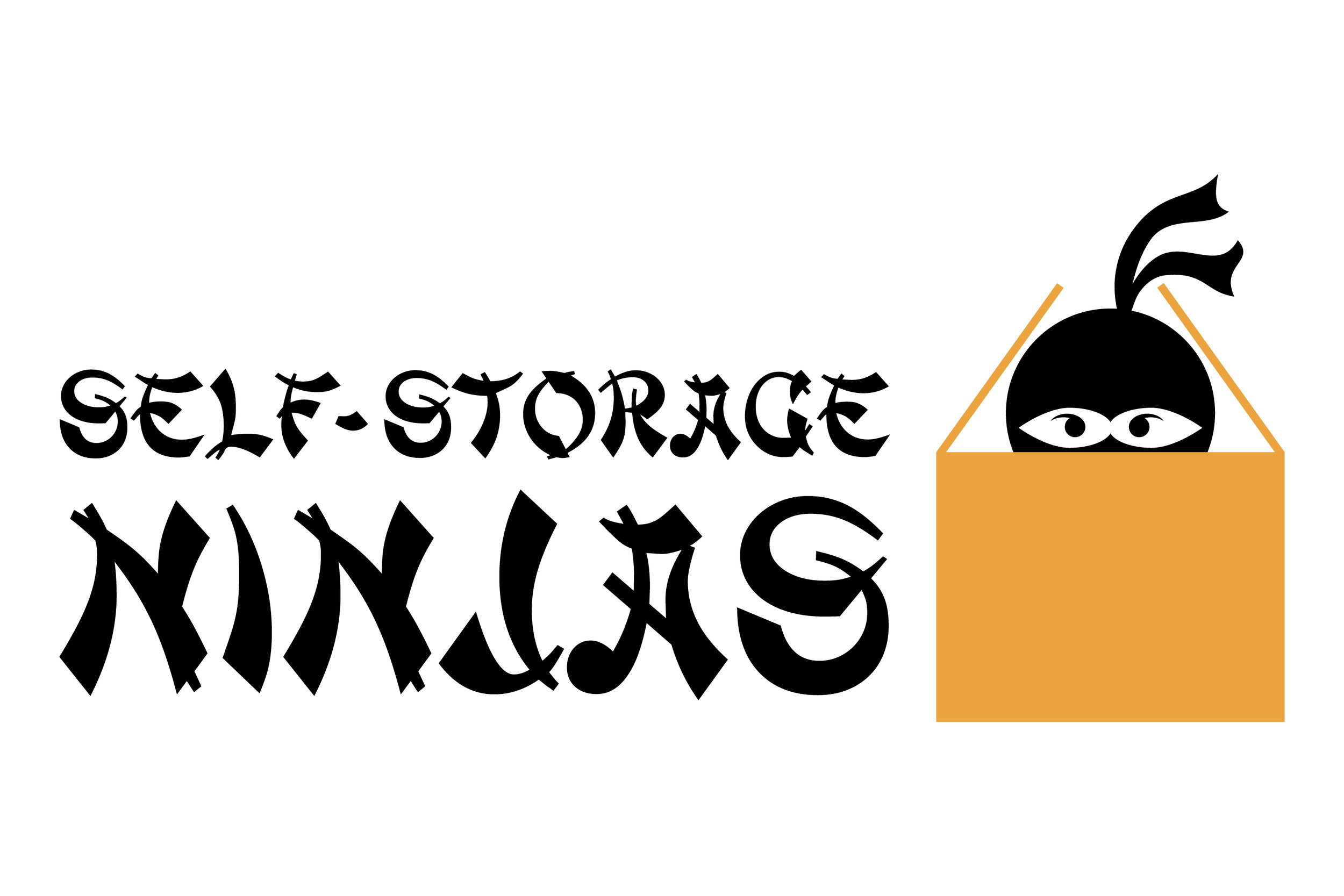Don't Know Much About: CROWDFUNDING (part one)
Your Questions Answered
If you are interested in raising capital for your self-storage investment and aren’t sure if what you want to buy or build is a good candidate for crowdfunding, you’re reading the right thing.
Do you know thousands of rich people that are actively looking to invest in self-storage?
Crowdfunding platforms do.
Crowdfunding platforms put your deal in front of literally thousands of accredited investors. “Today, there is far more demand than there is supply,” says Ian Formigle, vice president of investments at CrowdStreet. “New offerings are usually subscribed fast—within hours now.”
Am I a good candidate for crowdfunding?
The majority self-storage industry is made up of mom-and-pop businesses, operating at different levels of income and sophistication, whose aspirations vary wildly.
Crowdfunding is probably not the best option for raising capital for your first self-storage property, both because of the cost of capital and the business acumen required.
“For an entry-level sponsor, we’re looking for the next step up from a small mom and pop operation,” explains Formigle. “The step doesn’t have to be stratospheric. For example, we recently looked at a six-property deal with a group from Cincinnati that has fifteen other self-storage facilities. If you have two or three properties now and you want to buy two or three more, we are interested if the returns are there.”
Speaking of returns, what numbers do you need to meet for a crowdfunding platform to be interested?
“When we are looking at self-storage deals today, the targeted annualized rates of return range from roughly twelve to twenty percent,” Formigle says.
Targeted returns on existing facilities without many changes
This is the low end of the return spectrum: existing facilities with a value-add component that doesn’t substantively change the asset. “We did a deal like this in Phoenix with the William Warren Group (“WWG”). This purchase did not dramatically change the asset, but it did bring the Store Quest brand to the asset. WWG also improved curb appeal and is incrementally improving the performance of the property over an eight to ten-year holding period. The facility has reached a stabilized yield in the high single digits and still looks on track to deliver about a twelve percent internal rate of return (IRR) over the entire holding period,” says Formigle.
Conversion or major change to existing facility
If you are considering doing a conversion or a major value add storage facility that is going to make the property much different than it is today, crowdfunding platforms look for high-teen targeted annualized returns. This scenario will probably involve a five- to seven-year hold.
Ground-up development
This scenario has the highest associated execution and market risk and, therefore, the highest expected return. Ground-up development should produce a twenty-plus percent IRR over a five-year holding period.
How small is too small for crowdfunding?
Overall, the asset size of a self-storage deal is a good fit for crowdfunding because the cost of the real estate is lower compared to other types of real estate like office parks and hotels.
“The smallest deal we’ve ever participated in is about five million dollars, while the largest deal we’ve ever participated in is about $200 million,” Formigle explains. “If you think about that as a spectrum, storage falls on the smaller end of the spectrum. This end of the spectrum has a less institutional presence. Equity requirements for self-storage almost always fall in the single-digit million-dollar range—this is an equity amount that our platform reliably fills.”
How much does crowdfunding cost?
Fees for accessing a platform such as the CrowdStreet Marketplace are correlated to the number of investors sourced and funded for each deal, not for an amount of capital raised.
“If we look back at all the deals we’ve done in 2018, take the fees we’ve earned on those deals and divide that number by the total amount of equity funded, we derive a hypothetical “cost of capital” ranging from 2.5 – 3%, and trending down a bit as the size of the deal scales,” says Formigle. “We are raising a lot more dollars today than we did even six months ago. Our business model enjoys economies of scale and our pricing model is intended to pass them along to sponsors as the size of the deal scales. For example, once a capital raise reaches $5 million, it requires much less than 20% of the total amount of effort expended by CrowdStreet to raise an additional $1 million.”
The other associated cost is an ongoing technology fee to help you regularly report back to your investors acquired through the CrowdStreet platform. It is mandatory to use the platform’s customer relations management program to communicate with your crowd of investors. Plan on a technology fee of roughly 10% of year one costs. This fee is then assessed at each anniversary of the capital raise for the duration of the holding period of the asset.
Why does the crowd love self-storage?
Self-storage is an easy-to-understand investment thesis for the average accredited investor participating in crowdfunding.
“On a retail deal, investors might be trying to understand if a grocery store will stay as a shopping center anchor. That analysis depends on a number of complicated factors such as store sales, foot traffic, car traffic, primary market area growth - the list goes on. In contrast, self-storage is less complicated,” says Formigle. “With a self-storage offering, we can fractionalize real estate down to the individual unit and that is what makes it easier to understand. 10 x 10’s, 10 x 20’s, why we need it, what it should cost, what is a good experience, what is a bad experience – it is common knowledge.”
Self-storage makes fundamental sense for investors. And hopefully, crowdfunding now makes sense to you!
About the Author
Katherine D’Agostino is the founder of Self-Storage Ninjas, a self-storage feasibility consulting firm focused on delivering unbiased reports that enable you make informed decisions. Contact Sensei Katherine via her website, www.selfstorageninjas.com.
